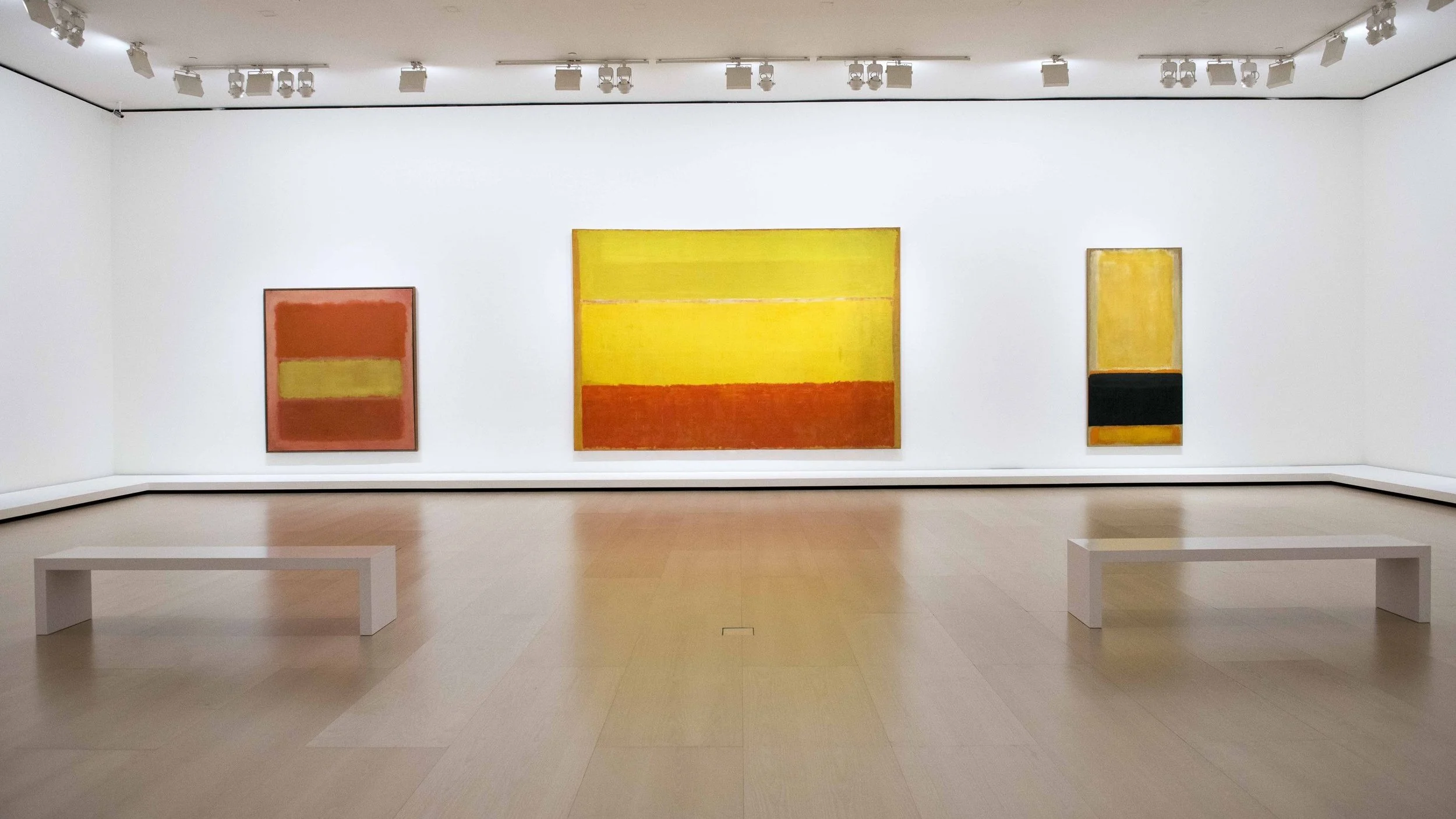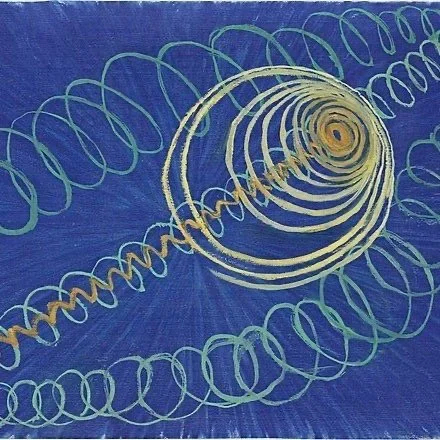The Origins of $cience is Art
Founding Date: 2012
Seeing color-by-number science pictures is insufferably annoying.
Evoke a reaction plus action. Move away from the literalistic and uncreative perspectives of scientists.
That is $cience is Art.
It is not to say the dyes that create fluorescent microscopy are not lovely. But, it does not move society to intrigue forward-thinking for necessary changes to innovate. Works like Hilma af Klint’s Primordial Chaos and the Met Opera’s Dr. Atomic allow viewers to get involved because the art permeates them.
Science is Art transcends optically pleasing pictures of paint-by-number cellstically pleasing pictures of paint-by-number cells. Primordial Chaos by Hilma af Klint (1906-1907). Klint was the or one of the first known abstract artists in the West.
Before Oppenheimer blew up the Oscars, he was the subject of several artistic interpretations. His readings of the Gita and demands of science. The Magazine reviewed underlying meaning of science and war from Dr. Atomic.
When Dr. Kuver created the $cience is Art series, she was alone. Nobody was doing it, so how could she relate the concept. Starting with the basics and then leading to more complex ideas on nature of humans and living.
Step back, observe and breathe in what we have created and destroyed. What we can potentially create and destroy.
The $cience
The universe and love provide the most perplexing science humans will ever encounter. Hubble generated some of the most awe-inspiring photos of cosmos we have seen. How nature creates and destroys is in front of us yet we are unable to grasp it’s full extent. When the heart wants what it wants, all cognitive logic is erased. no matter how many biomarkers and pulse points research uncovers, getting under the covers continues to leave us bemused. These two articles set the basis for what Dr. Kuver continues to strive for- evoking emotion that leads to action the sciences and humanity.
We thanked Hubble
Picasso’s neurobiology enraptured us
Art has meshed into the fashion world in a way that cannot be ignored by science. Thom Browne’s use of polka dots reminded Dr. Kuver of Yayoi Kusama’s work with polka dots and netting patterns to escape depression. It is a concept that scientists can use to address real clinical issues instead of fiddling with caged rats.
Jellyfish, Pumpkins and Dresses
The art and science of polka dots
Interior design and architecture incorporate art for several reasons. One Dr. Kuver found suitable for STEM was the use of artworks to decorate a house for a cancer benefit. There is no better way to talk about life than through art on the wall in front of your television.
Mixing art with medicine
The latest issue ties the Original $cientist concept with art on our Moon. Citations are iimportant- who was the original. In science, we cannot publish work that does not recognize researchers who led us to our hypotheses and experimentations. This article looked at who really landed their artwork on our Moon first and why did Jeff Koons feel was the first.
The Art & Science of Citations on Our Moon









